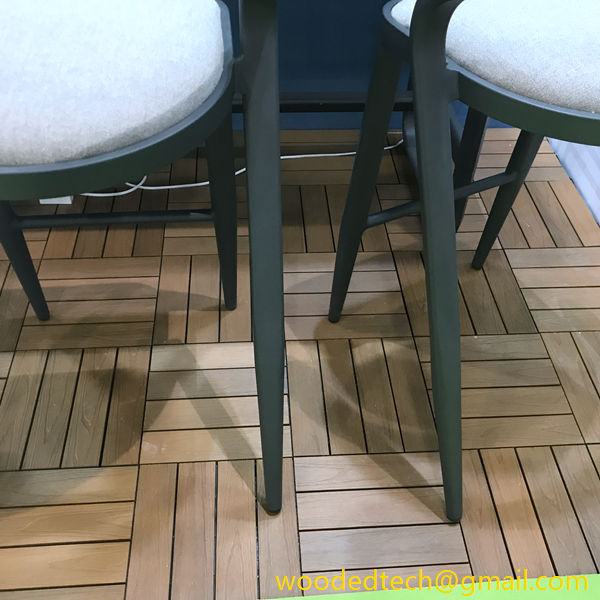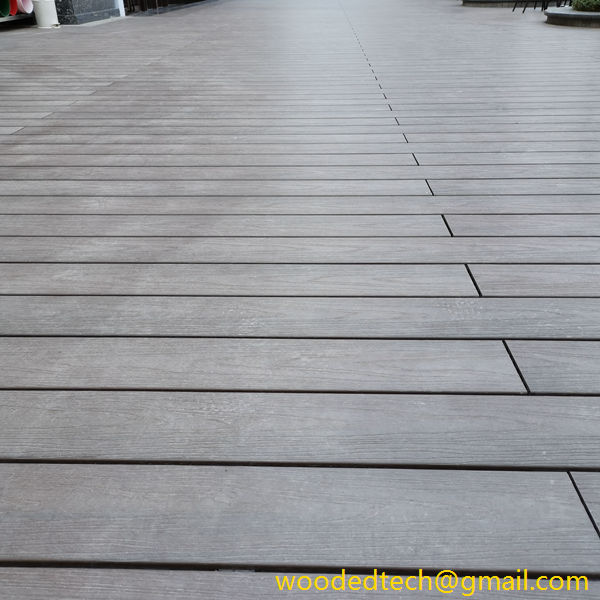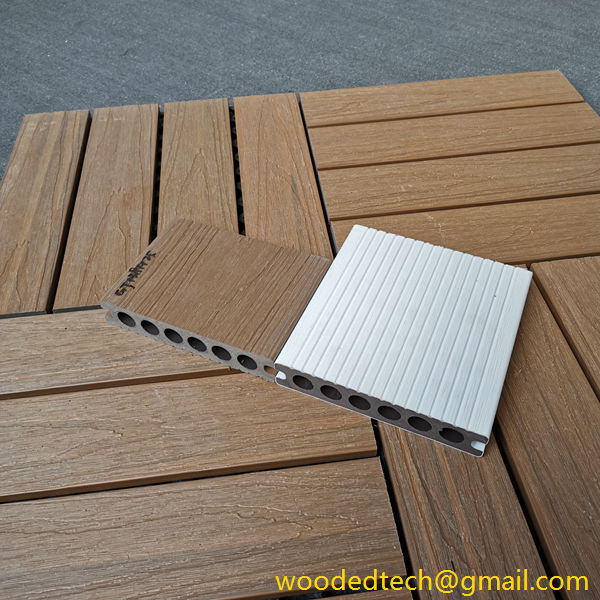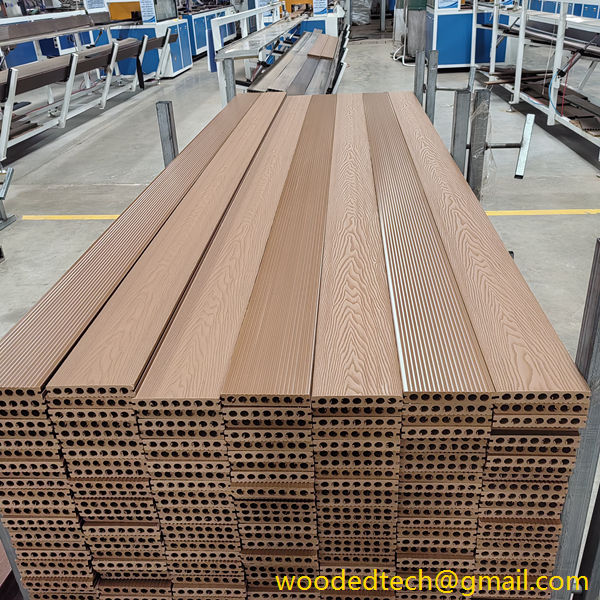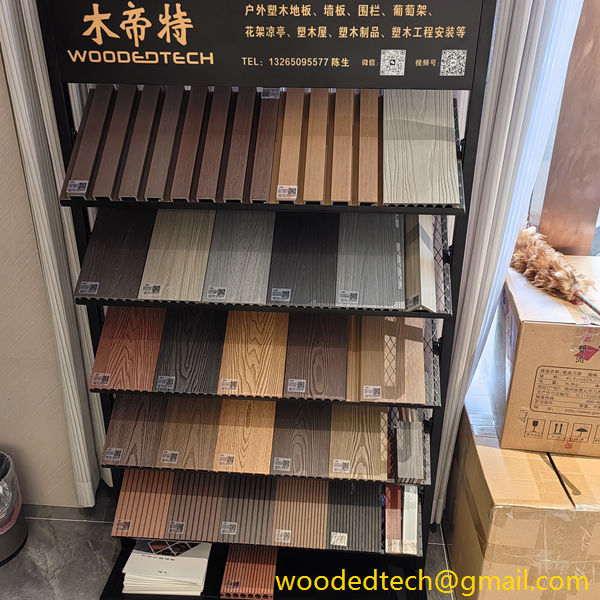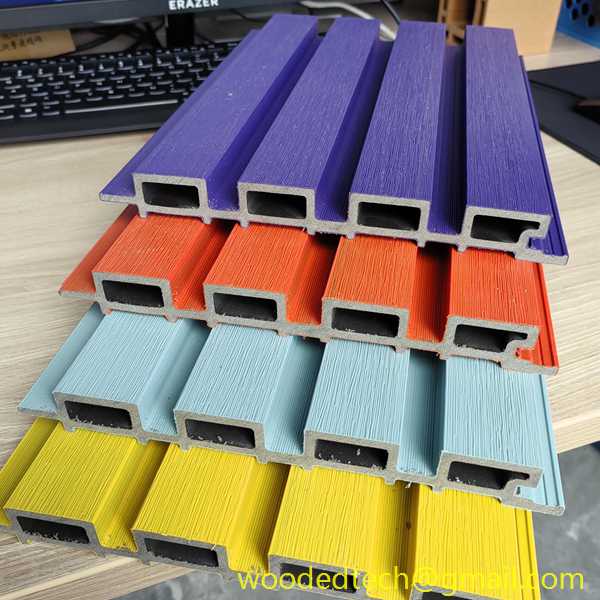Design Your Space with WPC Cladding Wall Ideas
Designing your space with Wood Plastic Composite (WPC) cladding is an innovative and environmentally friendly approach to enhancing both the aesthetic and functional aspects of your home or commercial property. WPC is a material that combines wood fibers and recycled plastic, making it a versatile option for cladding that offers various benefits over traditional materials. From the production process to the final application, WPC cladding presents unique design opportunities and sustainable solutions.
To understand the advantages of WPC cladding, it is essential to delve into its production process. The manufacturing of WPC involves several steps that combine wood and plastic in a manner that maximizes the strengths of both materials. The wood fibers used in WPC are typically sourced from sawmill waste and other wood by-products, making it an eco-friendly choice. The plastic component is often recycled material, which contributes to reducing plastic waste. This combination not only results in a durable product but also promotes sustainability by repurposing materials that would otherwise contribute to landfill waste.
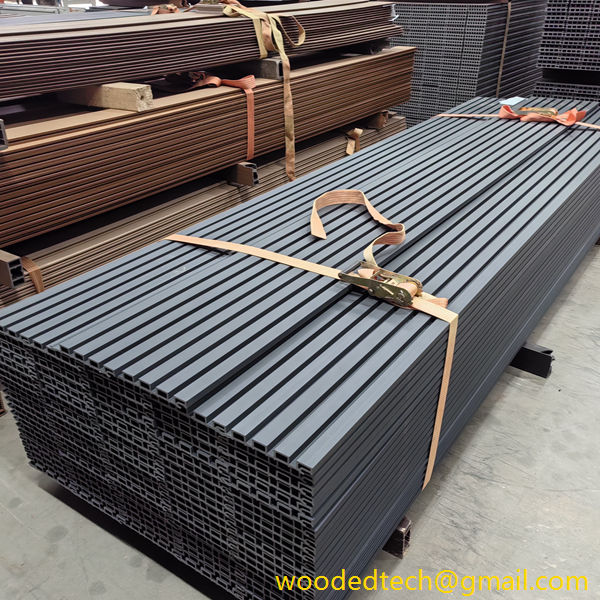
Once the raw materials are gathered, they undergo a process known as compounding, where the wood fibers and plastic are mixed together with various additives. These additives may include colorants, UV stabilizers, and anti-fungal agents, enhancing the performance and appearance of the final product. The mixture is then subjected to heat and pressure, which allows it to be formed into different profiles and textures. This flexibility in design means that WPC cladding can mimic the look of natural wood while offering the durability and low maintenance of synthetic materials.
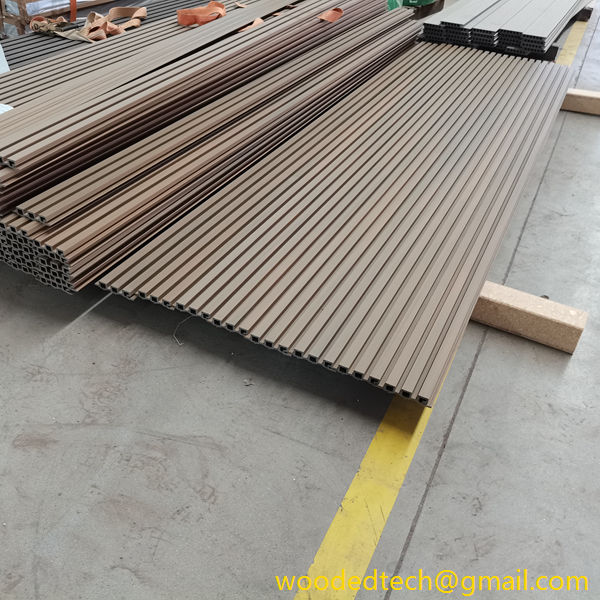
One of the most significant advantages of WPC cladding is its resistance to moisture, decay, and insect damage. Traditional wood cladding can warp or rot over time when exposed to the elements. In contrast, WPC cladding is designed to withstand harsh weather conditions without losing its structural integrity. This makes it an ideal choice for regions with high humidity or extreme temperatures. Furthermore, the material does not require the same level of upkeep as wood, as it does not need regular sealing or painting. This aspect of WPC cladding saves both time and money in the long run.
When it comes to design, WPC cladding offers a plethora of options that can enhance the visual appeal of any space. The material can be manufactured in various colors, textures, and finishes, allowing homeowners and designers to create customized looks that suit their specific tastes. Whether you prefer a rustic wooden appearance, a sleek modern finish, or something in between, WPC cladding can meet those needs. Its ability to be cut and shaped easily also means it can be installed in unique patterns and configurations, adding to the overall design complexity.
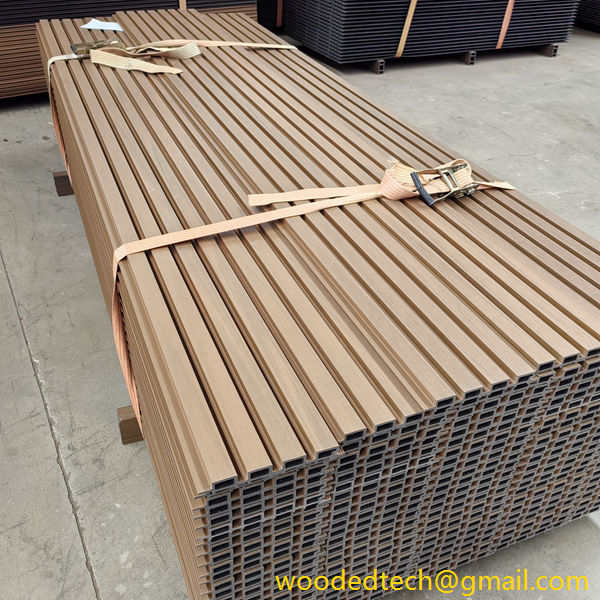
In addition to its aesthetic versatility, WPC cladding is an excellent choice for both interior and exterior applications. On the exterior, it can be used to create striking facades that not only elevate the appearance of a building but also provide excellent insulation properties. This can lead to energy savings, as an insulated building requires less energy for heating and cooling. Inside, WPC cladding can be used in feature walls, accentuating spaces such as living rooms or offices while adding a warm and inviting atmosphere.
Another aspect worth noting is the eco-friendliness of WPC cladding. As consumers become increasingly aware of environmental issues, the demand for sustainable building materials has significantly risen. Using WPC not only reduces reliance on traditional timber resources but also minimizes the carbon footprint associated with the production and transportation of construction materials. By choosing WPC cladding, you are making a responsible choice for the environment while still achieving a stylish and modern look.
In conclusion, designing your space with WPC cladding wall ideas opens up a world of possibilities for both residential and commercial projects. The production process behind WPC ensures that it is not only durable and low maintenance but also environmentally friendly. With its wide range of design options and applications, WPC cladding allows for creativity and personalization in any space. Whether you aim to enhance the exterior of your home or create a stunning interior feature wall, WPC cladding is a material worth considering. Its unique blend of wood and plastic offers a sustainable solution that meets modern design needs while contributing positively to the environment.

